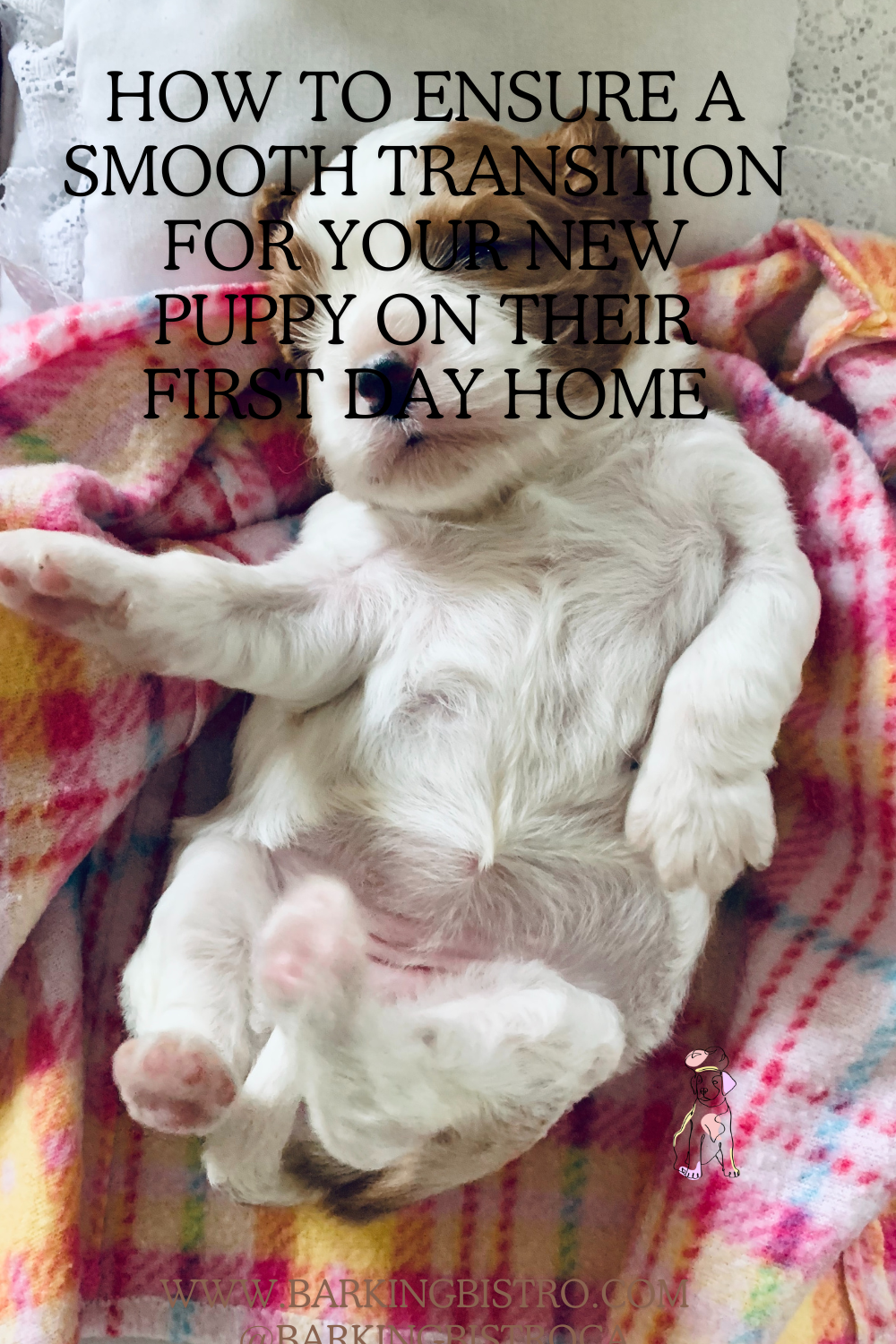Following a few simple steps, you can make the first day home a memorable and positive experience for
Bringing home a new puppy is an exciting and joyful experience. However, it is important to remember that this is a big change for your furry friend. The first day home can be overwhelming for a puppy, as they are introduced to a new environment and new faces. It is crucial to ensure a smooth transition for your new puppy to help them feel safe, comfortable and welcomed. Following a few simple steps, you can make the first day home a memorable and positive experience for you and your new furry family member.
Preparing your home for the arrival of your new puppy
Before bringing your new puppy home, it is essential to prepare your house for their arrival. Start by puppy-proofing your home to create a safe environment for them to explore. Remove any potential hazards, such as toxic plants, electrical cords, and small objects that could be swallowed. Set up a designated area for your puppy with a comfortable bed, food and water bowls, and some toys to keep them entertained. Consider using a baby gate to restrict access to certain areas of your home until your puppy is fully trained.
Establishing a routine for your new puppy
Puppies thrive on routine, providing them with a sense of stability and security. Establishing a consistent daily routine from day one will help your puppy adjust to their new life. Set specific times for feeding, potty breaks, playtime, and rest. This will help your puppy settle into a routine and aid in their potty training. Consistency is key, so try to stick to the schedule as closely as possible. Remember, puppies have smaller bladders and shorter attention spans, so frequent potty breaks and shorter training sessions are necessary.
Introducing your new puppy to family members and other pets
Introducing your new puppy to family members and other pets should be done gradually and controlled. Start by allowing your puppy to explore their new surroundings and become familiar with their immediate family members. Once your puppy is comfortable, introduce them to other pets in a neutral territory, such as a park or backyard. Use positive reinforcement and rewards to encourage good behaviour and create positive associations. Monitor the interactions closely, and if any signs of aggression or fear are observed, separate the animals and seek professional guidance.
Providing a safe and comfortable space for your new puppy
Creating a safe and comfortable space for your new puppy is crucial for their well-being. Designate a quiet area in your home where your puppy can retreat to when they need some alone time. This space should be equipped with their bed, toys, and water bowl. Avoid placing the puppy’s bed near drafty areas or direct sunlight. Providing your puppy with mental stimulation through interactive toys and puzzles is also essential. This will help prevent boredom and destructive behaviour.
Feeding and potty training your new puppy
Feeding and potty training are two vital aspects of caring for a new puppy. Establish a regular feeding schedule and stick to it. This will help regulate your puppy’s digestion and make potty training easier. Monitor your puppy’s food intake and adjust the portion size to ensure they get the right amount of nutrients. When it comes to potty training, consistency and patience are key. Take your puppy outside after meals, naps, and play sessions. Use positive reinforcement, such as treats and praise, when they are eliminated in the designated area. Accidents are bound to happen, so it is important to remain patient and avoid punishment.
Socializing your new puppy with other dogs and people
Socializing your new puppy is crucial for their development and future behaviour. Expose them to various people, dogs, and environments from an early age. Gradually introduce them to new experiences, such as car rides, walks in the park, and playdates with other dogs. Encourage positive interactions by rewarding good behaviour and providing plenty of praise and treats. Attend puppy training classes or enroll in puppy socialization groups to expose your furry friend to a controlled environment with other puppies and experienced trainers.
Teaching basic commands and obedience training for your new puppy
Teaching your new puppy basic commands and obedience training is essential for their safety and well-being. Start with simple commands such as “sit,” “stay,” and “come.” Use positive reinforcement, such as treats and praise, to reward your puppy for following commands correctly. Keep training sessions short and fun to maintain your puppy’s attention and motivation. Consistency is key in obedience training, so practice commands regularly in different environments and gradually increase the difficulty level.
Handling separation anxiety and crate training for your new puppy
Separation anxiety is a common issue that many puppies face when left alone. To help your puppy cope with separation, gradually introduce them to being alone for short periods of time. Start by leaving the room for a few minutes and gradually increase the duration. Provide your puppy with toys and treats to keep them occupied while you are away. Crate training can also be beneficial in helping your puppy feel safe and secure when left alone. Introduce the crate gradually, making it a positive and comfortable space for your puppy. Use treats and praise to encourage them to enter the crate willingly.
Conclusion: Celebrating the first day home with your new puppy
Bringing a new puppy home is a momentous occasion that deserves to be celebrated. Ensuring a smooth transition for your new furry friend sets the stage for a lifetime of love and companionship. Remember to be patient, consistent, and kind as you guide your puppy through their first day home. With proper preparation, training, and lots of love, you can create lasting memories and a strong bond with your new puppy that will last a lifetime.
Photo by Sophia Kunkel on Unsplash

